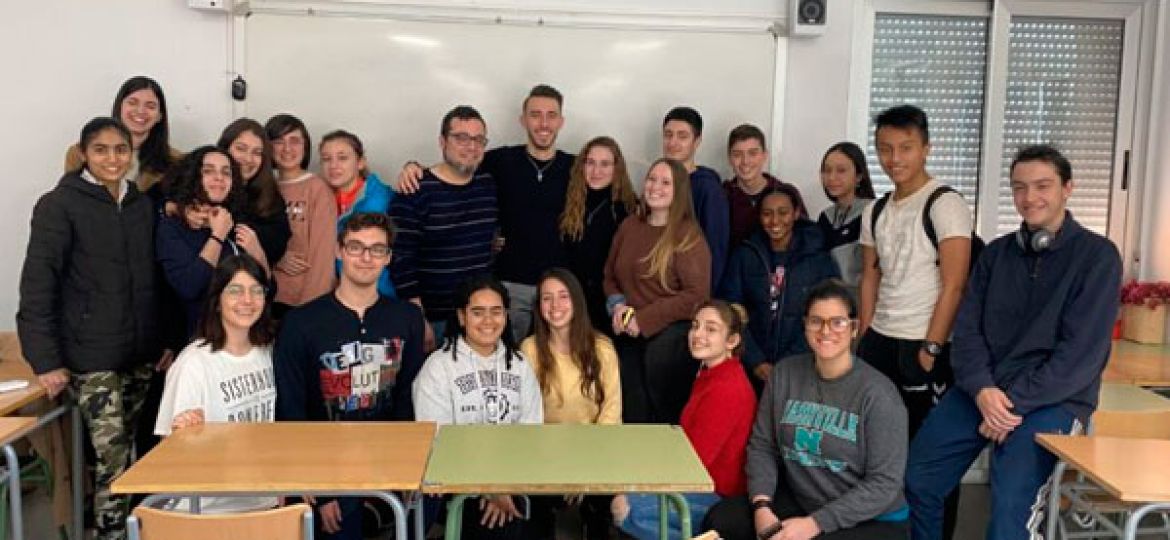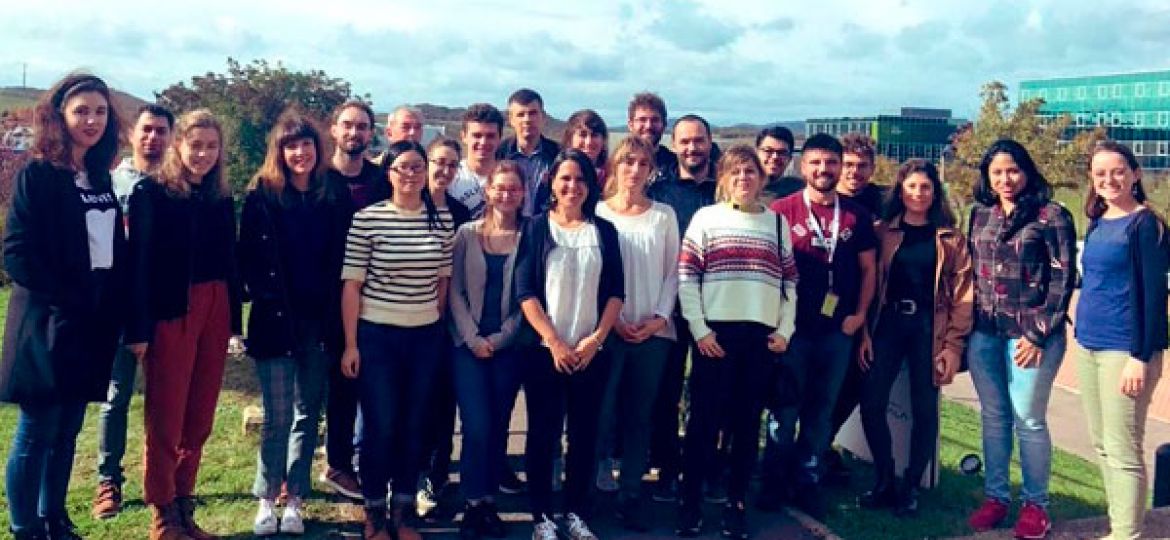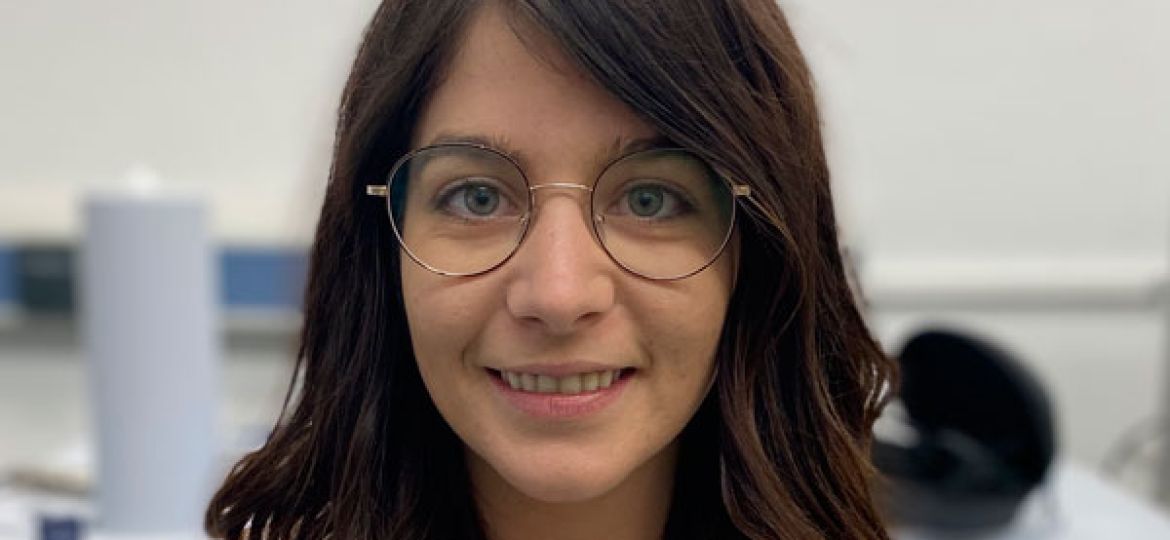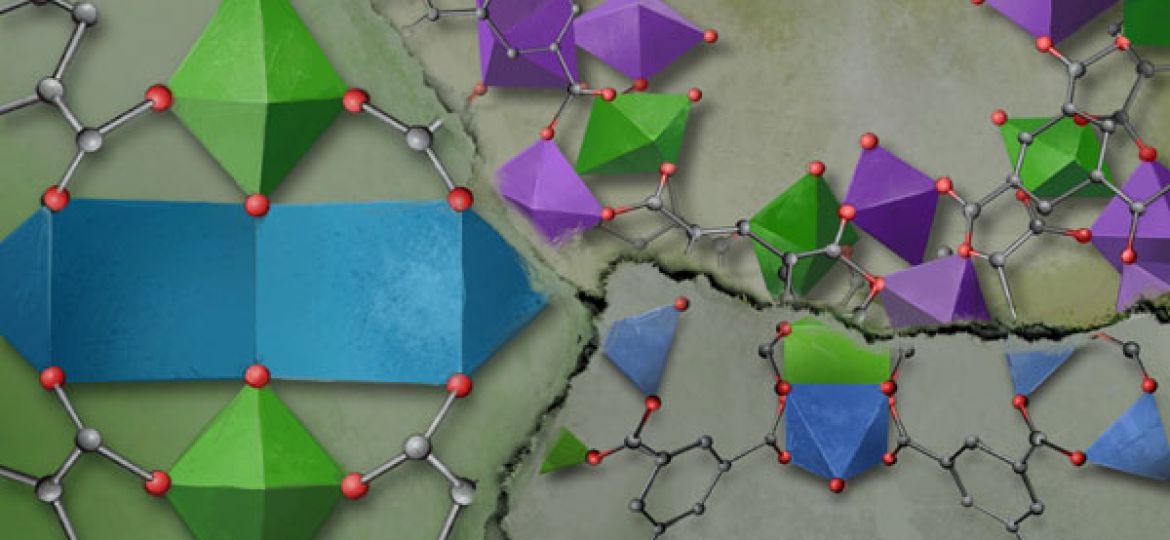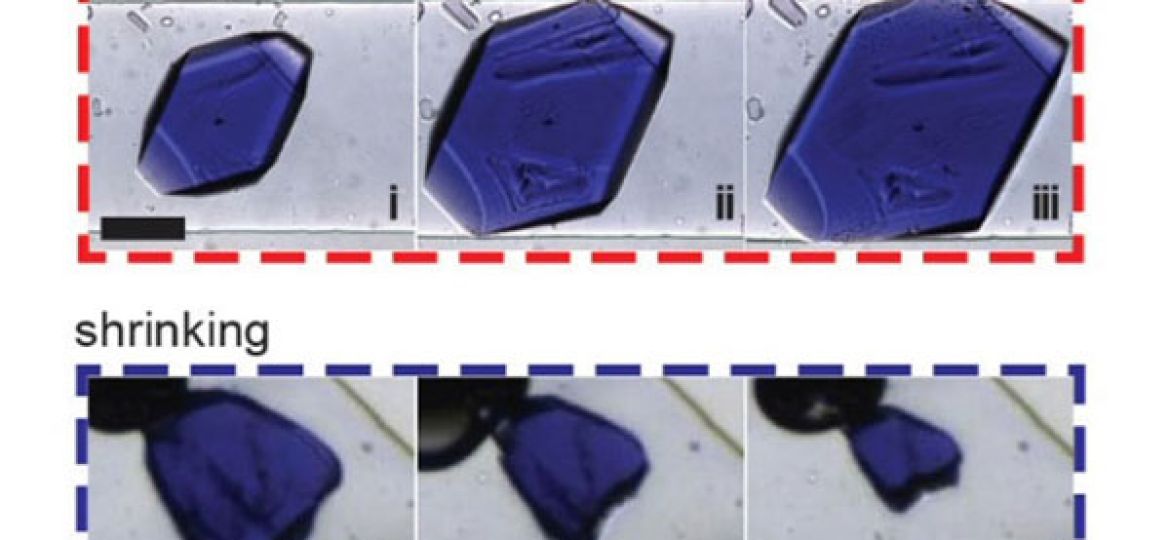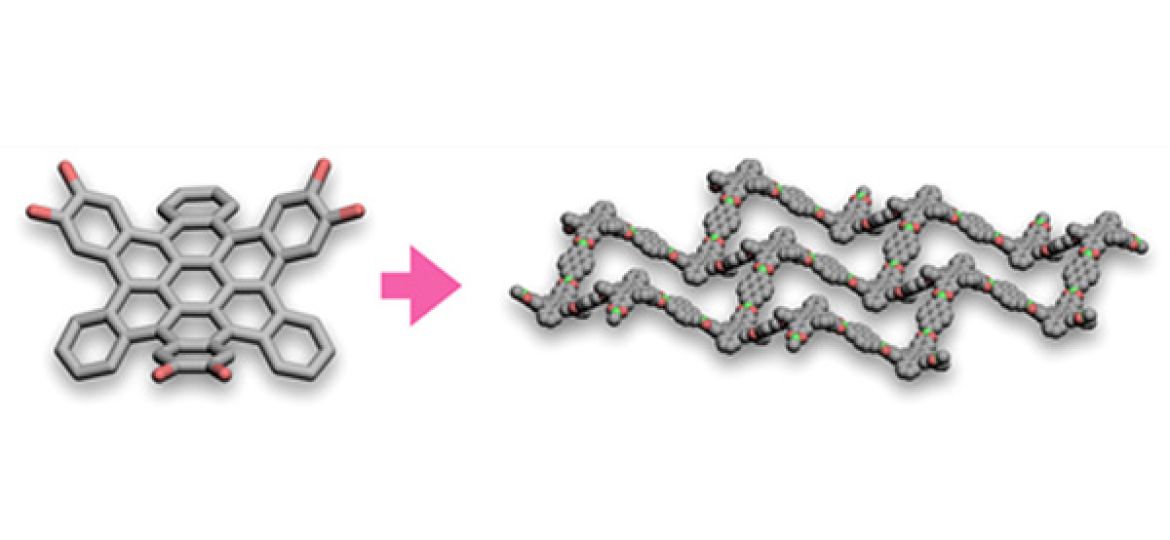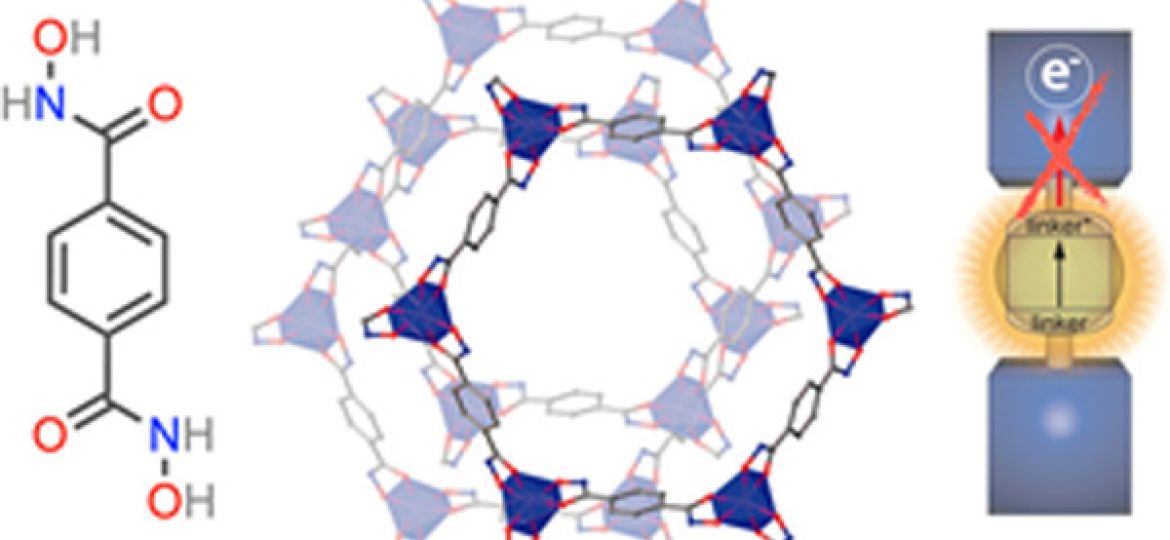Aiming to overcome the gender imbalance in STEM, Isabel discussed the current statistics with last years students of IES Baleares high school and encourage them to help to achieve equality in science. Isabel showcased and discussed her research journey and advised them in pursuing a career in science.
This activity was organised by the 11deFebrero association, in which volunteers can contact high schools through an online platform and give talks at schools in celebration with the International day of Women in Science.
Belén took part in the fifth edition of FullprofSuite training organized by CIC energiGUNE (Vitoria). A great opportunity to get started in the structural analysis from powder diffraction data, that has become a useful tool in reticular chemistry. Thanks to the organizing committee! More info.
The evaluating committee of Lindau Nobel Meeting selected Isabel to participate in the 70th anniversary of this landmark event. It gathers Nobel Laureates and young scientists from over a hundred countries in an informal and open atmosphere. The meeting will cover the areas of Chemitry, Physics and Physiology or Medicine. More info.
Natalia and Belens work has been published in JACS. Their work introduces a pioneering methodology for the synthesis of heterometallic titanium frameworks amenable to the principles of reticular chemistry. Instead of relying in the serendipitous discovery of mixed-metal clusters by trial and error, we use heterometallic MOF crystals as precursors to direct the formation of SBUs with variable connection points by metal exchange reactions at low temperature. Click for more info
We are really happy to see our collaboration with Puigmartí-Luis group published in JACS. By using microfluidic chips we manage to grow and shape crystals of our beloved Cu(GHG) peptide MOF at the millimeter scale. This approach permits generating monolith single crystals and might help overcoming the problems associated with the pelletization and densification of these materials for their successful implementation into functional devices. Click for more info
Our collaboration with Sánchez-Costa lab at IMDEA has been published in the cover of the Journal of Physical Chemistry Letters. This work introduces a new sensing mechanism controlled by the interaction of NOx contaminants with the framework for concomitant increase/decrease in the luminescence of the solid. Click for more info
Check our last collaboration with Mateo-Alonso´s group in Polymat. Marta-COF-1 is a nonplanar 2D-COF in which the waviness of the framework does not disrupt the interlayer p-p stacking so their charge transporting properties are similar to those of the best performing planar 2D COFs. The high stability and crystallinity of Marta-COF-1 have allowed an extraordinary level of characterization by HR-TEM, showing chairlike honeycomb facets and aligned mesoporous channels consistent with the experimental and predicted dimensions and packing. For more info see here
Natalia´s work is already available at JACS. The design of metalorganic frameworks with chemical stability is limited to metal connectors as carboxylates or azolates. Inspired by the chemistry of siderophores, we report a hydroxamate titanium framework that combines photoactivity with hydrolytic stability. The straightforward derivatization of carboxylic linkers with hydroxamic groups might represent an alternative route to broaden the family of reticular solids. Check it out!
Our work in collaboration with J.R. Galan-Mascaros group at ICIQ has been published in JACS. This work highlights the versatility and efficiency of TAMOF-1 as a chiral stationary phase capable of separating a variety of model racemic mixtures, including drugs, in a wide range of solvents of different polarity. This performance arises from the combination of chiral channels and weak binding sites allowing for low-energy separation of enantiomers, without any strong binding/recognition sites. Click for more info
Carlos visited KU Leuven (Prof. Dirk De Vos and Francisco García Cirujano) to present the last results of the team on charge transport and photoactivity in MOFs.

